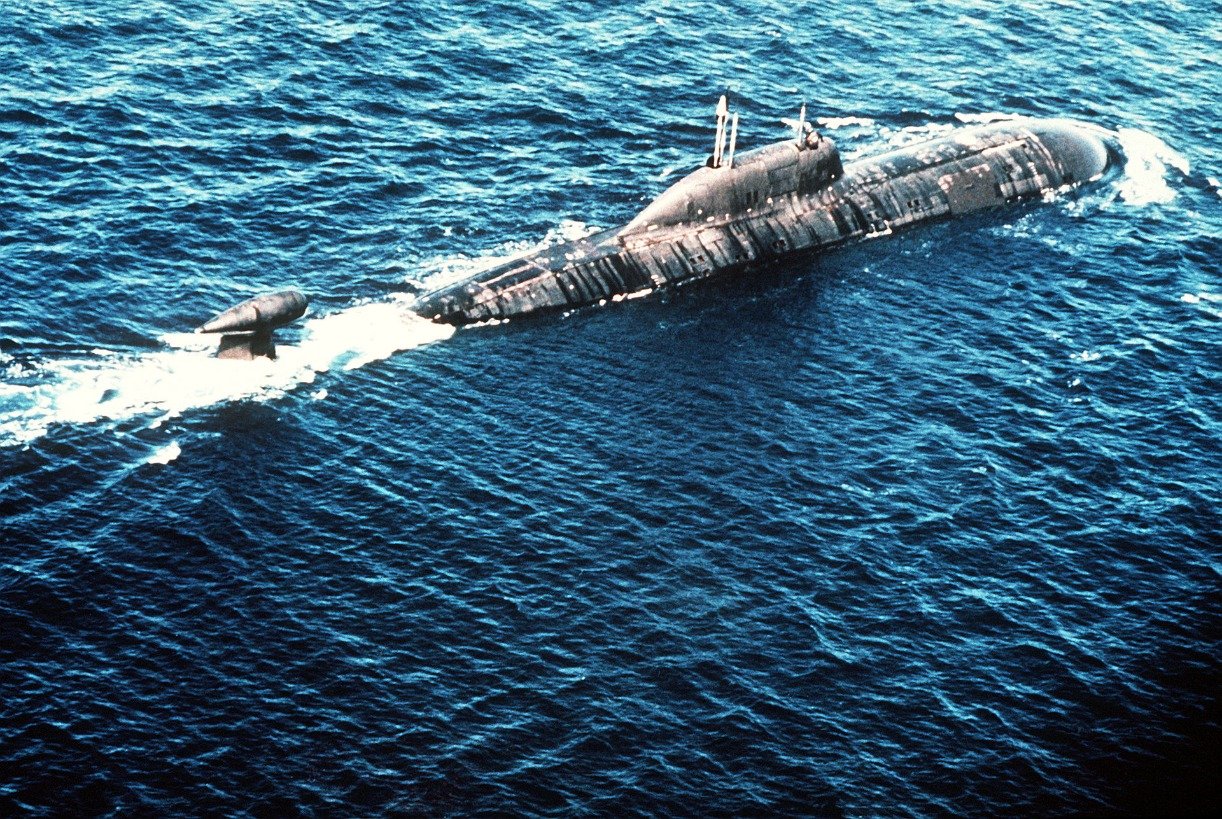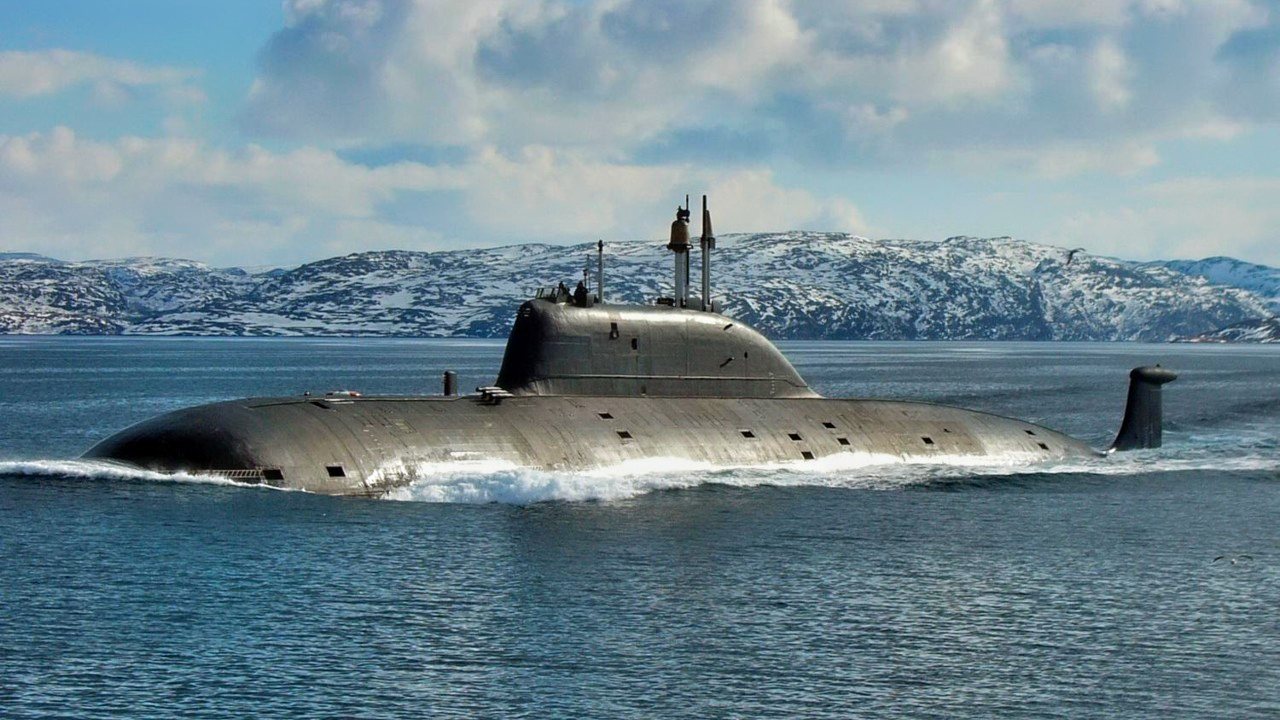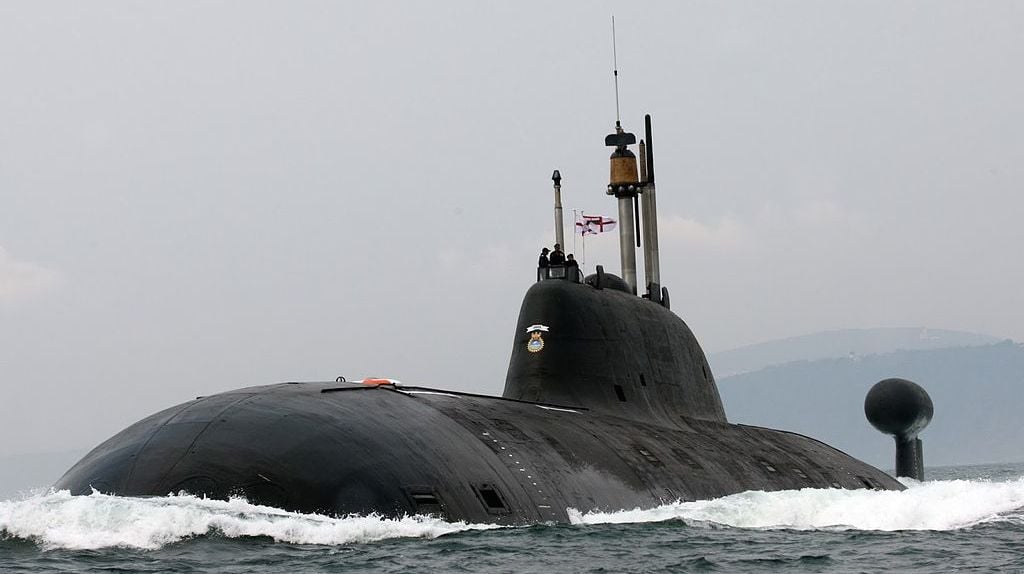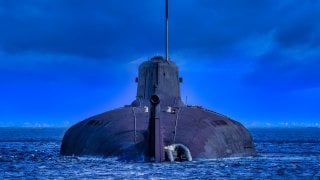That Time a Russian Nuclear Attack Submarine 'Spontaneously Combusted'
In November 2008, the Russian nuclear-powered attack submarine K-152 Nerpa suffered a tragic accident during sea trials in the Sea of Japan. The submarine's fire suppression system was accidentally activated, releasing toxic Freon gas into the sealed compartments.
What You Need to Know: In November 2008, the Russian nuclear-powered attack submarine K-152 Nerpa suffered a tragic accident during sea trials in the Sea of Japan. The submarine's fire suppression system was accidentally activated, releasing toxic Freon gas into the sealed compartments.

-This mishap resulted in the deaths of 20 people, mostly civilian contractors, and injured 21 others.
-While initial reports blamed a sailor for triggering the system, he was later acquitted, and the exact cause remains unclear. The incident underscores the inherent risks of submarine operations and highlights the critical importance of stringent safety measures and system testing in naval vessels.
2008 Nerpa Incident: A Sobering Reminder of Submarine Operational Dangers
Russia’s K-152 Nerpa, a nuclear-powered attack submarine of the famous Akula-class, was transiting the Sea of Japan in 2008 when it, apparently, spontaneously combusted. Or, at least that’s what the onboard computers thought (as a result, firefighting chemicals were deployed that harmed many onboard).
There are many rumors and theories as to why. Nothing concrete is known. That is, other than the fact that it caught fire for no apparent reason.
I wish I could say that this was the only example of a Russian nuclear-powered system lighting up for no apparent reason. But, as those who watched HBO’s 2019 megahit miniseries, Chernobyl, you know that this is but one of many examples of the dark side of Russian nuclear engineering.
November 2008 was a time of radical change in the world. The global market had crashed and the world economy was going through a massive recession as a result. The United States had just elected its first African-American president, Barack Obama. China hosted the Olympics. Russia had just concluded its invasion of Georgia, Putin had stepped aside as president (becoming the country’s prime minister and handing off the presidency to his lackey, Dmitri Medvedev).

The Submarine Crisis at Sea
On November 8, 2008, the Nerpa plumbed the depths of the Sea of Japan as part of a shakedown cruise. The crew was full of both military as well as civilian contractors to assess the readiness of the submarine and to test the nuclear reactor. During the evening of this night, the Nerpa’s forward compartments were sealed, and halon firefighting gas was pumped into the sealed compartments.
Halon is newer form of firefighting on ships, notably submarines. Because fires on a submarine can be truly catastrophic, the halon gas is fast-acting. It suppresses the fire by displacing oxygen molecules in the air, depriving the fire of the oxygen it needs to grow in size and severity.
Of course, unless any crewmembers in a sealed compartment being pumped full of halon have protective gear on, they are likely to suffocate as a result of the deployment of halon into the closed atmosphere.
The reason that halon was released was because the onboard temperature gauges detected a spike in thermal activity that made the system think there was a fire. A whopping 20 people, most of them civilians, died as a result. An additional 41 people onboard were injured by the event.
Who’s to Blame?
In the aftermath of this tragedy, Moscow conducted an intensive review of the event. Some assumed that the system simply malfunctioned and released the gas by accident. The Russian government officially blamed a sailor that they claimed activated the halon gas on purpose by tricking the system into thinking that there was a fire in the forward compartment.
That sailor, by the way, was acquitted by Russian courts twice. It turned out that he was an experienced sailor with an otherwise stellar service record. So, it’s not impossible that he had some kind of psychotic.
The more likely explanation, though, is that the Russians were looking for a fall guy to cover up for the fact that their new submarine straight up went nuts and killed a bunch of her crew while underway.
A Dangerous Reminder
Whatever happened, this is yet another painful example of the complexities—and dangers—involved in submarine operations. Navies operating submarines should take nothing for granted.
They should test, retest, and test again all systems supporting these platforms to ensure they are combat ready and safe both for their crews and for those nearby (except those who are being targeted by the submarines, of course).

Author Experience and Expertise: Brandon J. Weichert
Brandon J. Weichert, a National Interest national security analyst, is a former Congressional staffer and geopolitical analyst who is a contributor at The Washington Times, the Asia Times, and The-Pipeline. He is the author of Winning Space: How America Remains a Superpower, Biohacked: China’s Race to Control Life, and The Shadow War: Iran’s Quest for Supremacy. His next book, A Disaster of Our Own Making: How the West Lost Ukraine, is due October 22 from Encounter Books. Weichert can be followed via Twitter @WeTheBrandon.
All images are Creative Commons or Shutterstock.
From the Vault


